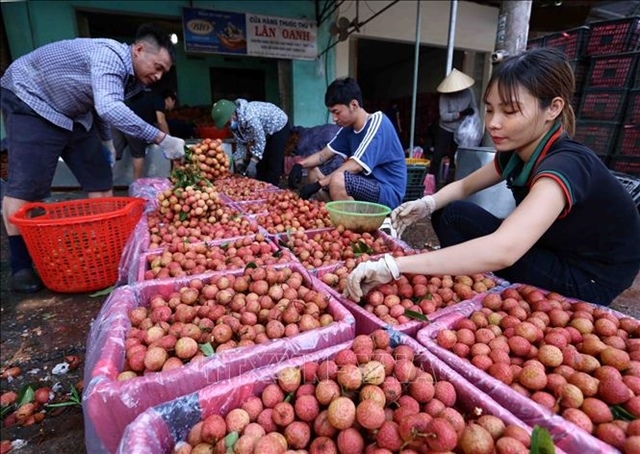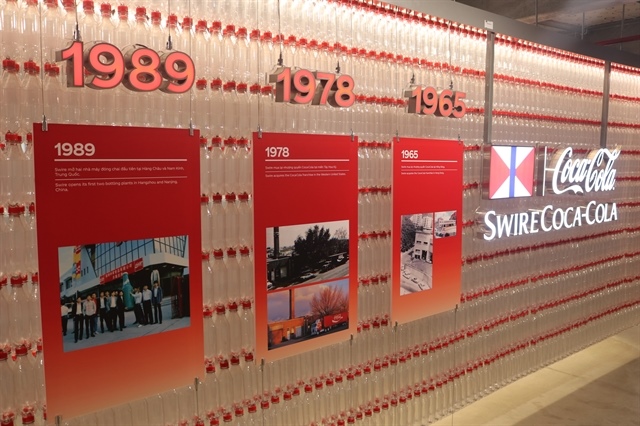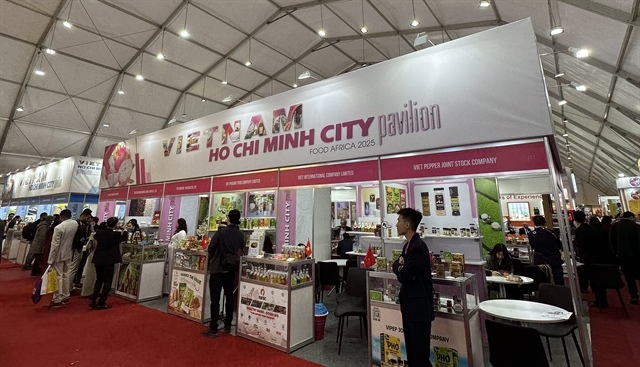Gov't greenlights auto industry plan
Gov't greenlights auto industry plan
The Government has approved a new development strategy for the auto industry to enable it to meet domestic demand and join world production.

Vehicles defined in the strategy include trucks, cars with more than 10 seats, cars with up to nine seats, and specialised vans.
Small and multifunctional vans for agricultural use and serving customers in rural and mountainous areas will also be encouraged.
The support industry for the sector will use advanced technologies and enter partnerships with leading world manufacturers to be eligible to supply spare parts for global vehicles.
By 2020, the auto support industry is expected to be able to meet about 35 per cent of the demand for domestic spare parts and accessories. It should also be able to satisfy more than 65 per cent of local needs between 2026 and 2035.
The strategy also targets the export of about 90,000 made-in-Viet Nam cars by 2035, encouraging the production of environmentally friendly vehicles.
Meanwhile, technology will be upgraded to make products meet international standards.
Several auto industry centres will also be concentrated into one.
The strategy underscores the need to boost linkages and co-operation among auto makers and assemblers, enterprises engaging in support industry, research and training centres in all economic sectors.
The PM's Decision 1168/QD-TTg dated July 16 approving the strategy will replace Decision 175/2002/QD-TTG on December 3, 2002.
Stumbling blocks
However, Viet Nam's automotive industry could face major difficulties under commitments to the ASEAN Free Trade Area (AFTA), which will abolish auto import taxes in 2018.
ASEAN + will waive taxes on car imports between ASEAN member countries, as well as Japan, South Korea and China, who are party to the agreement.
The tax cut poses a direct threat to Viet Nam's fledgling auto industry, which would be unable to compete with the price and quality of imports. This means the country has only five years to develop its auto industry to compete with an impending influx of imports after 2018.
However, the local auto industry is behind on most of its targets, according to the Industry and Trade Ministry's report.
While the target for local diesel production was set to reach 100,000 units by 2010, Truong Hai is the only company to invest in a factory making diesel engines. It began production in 2014.
As many as 100,000 gearboxes and 100,000 transmission systems were forecast for production in 2010, but no investment was made.
Meanwhile, Viet Nam plays host to only 210 auto parts manufacturers, one fifth of Indonesia's production base and one fifteenth of Thailand's.
Adding insult to injury, most of these companies produce simple and low technology products with low local contents.
Car imports from ASEAN countries in fact already have increased in volume in recent months.
According to the Customs Office, Viet Nam imported 4,282 cars worth US$65 million from ASEAN's members in the first five months of this year, up 1,104 units in volume and $12 million in value.
Of these, car imports from Thailand and Indonesia accounted for 3,575 units and 707 units, worth $58.5 million and $6.8 million, respectively.
bizhub






















